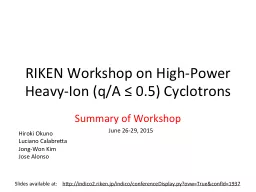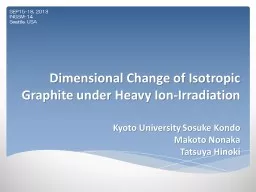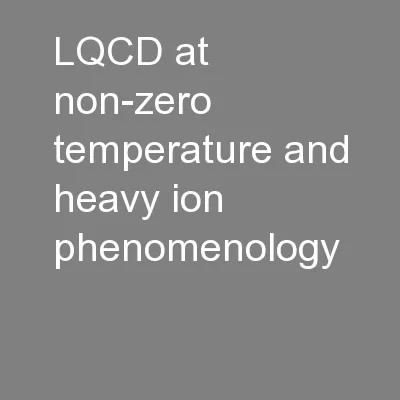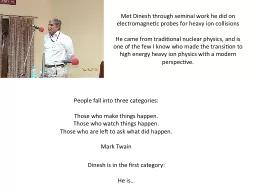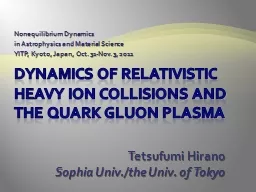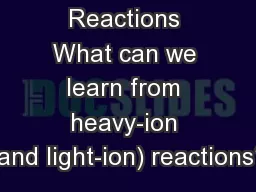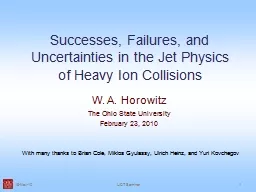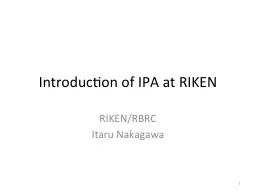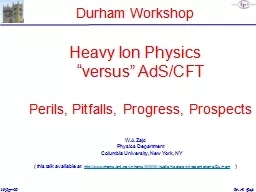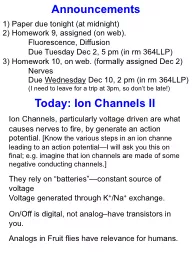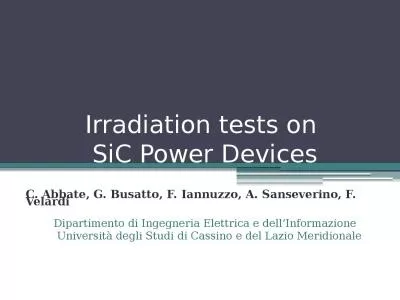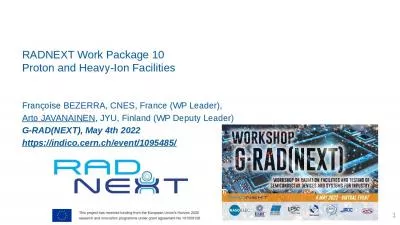PPT-RIKEN Workshop on High-Power Heavy-Ion (q/A
Author : solidbyte | Published Date : 2020-07-02
05 Cyclotrons Summary of Workshop June 2629 2015 Hiroki Okuno Luciano Calabretta JongWon Kim Jose Alonso Slides available at httpindico2rikenjp indico conferenceDisplaypyovw
Presentation Embed Code
Download Presentation
Download Presentation The PPT/PDF document "RIKEN Workshop on High-Power Heavy-Ion (..." is the property of its rightful owner. Permission is granted to download and print the materials on this website for personal, non-commercial use only, and to display it on your personal computer provided you do not modify the materials and that you retain all copyright notices contained in the materials. By downloading content from our website, you accept the terms of this agreement.
RIKEN Workshop on High-Power Heavy-Ion (q/A: Transcript
Download Rules Of Document
"RIKEN Workshop on High-Power Heavy-Ion (q/A"The content belongs to its owner. You may download and print it for personal use, without modification, and keep all copyright notices. By downloading, you agree to these terms.
Related Documents

